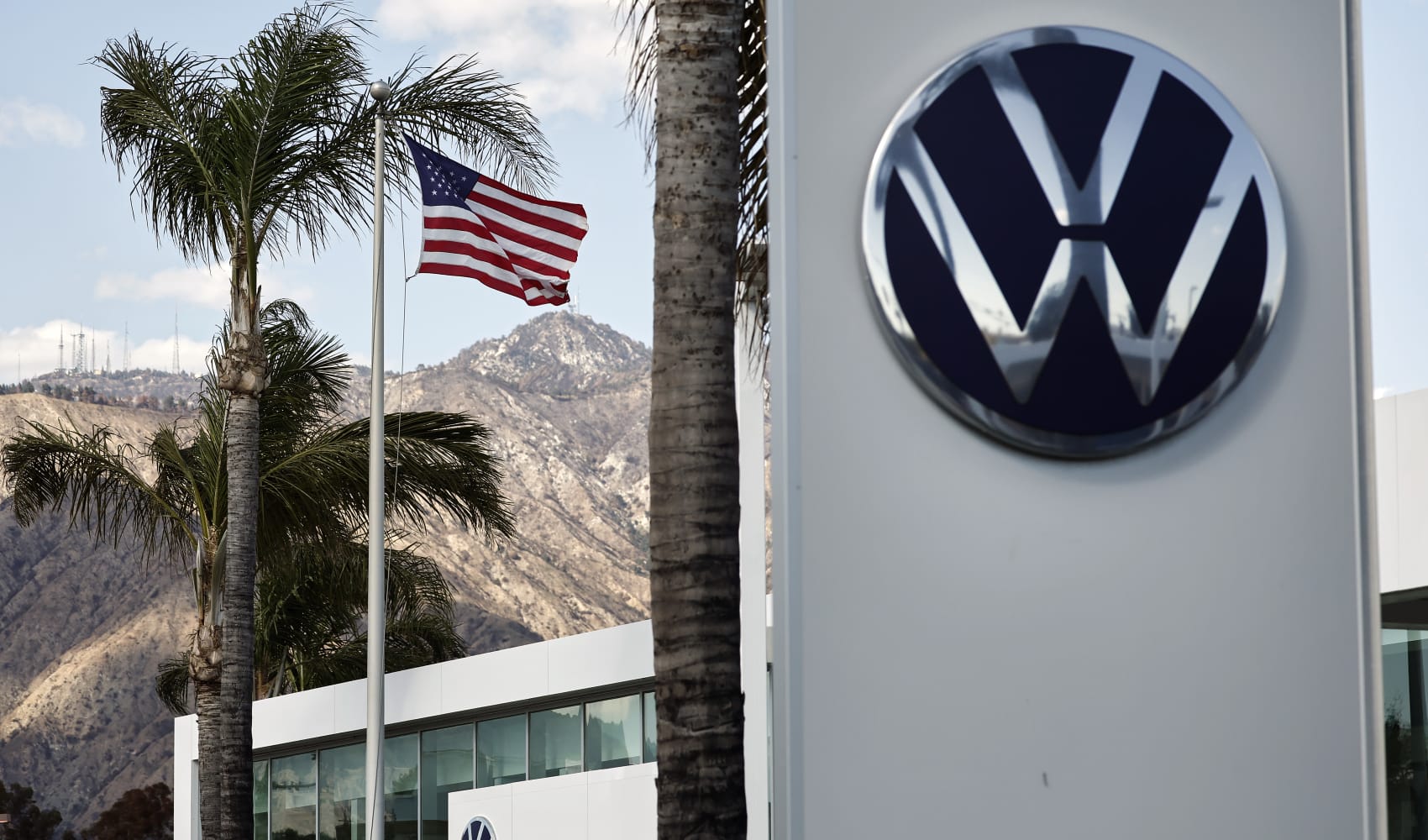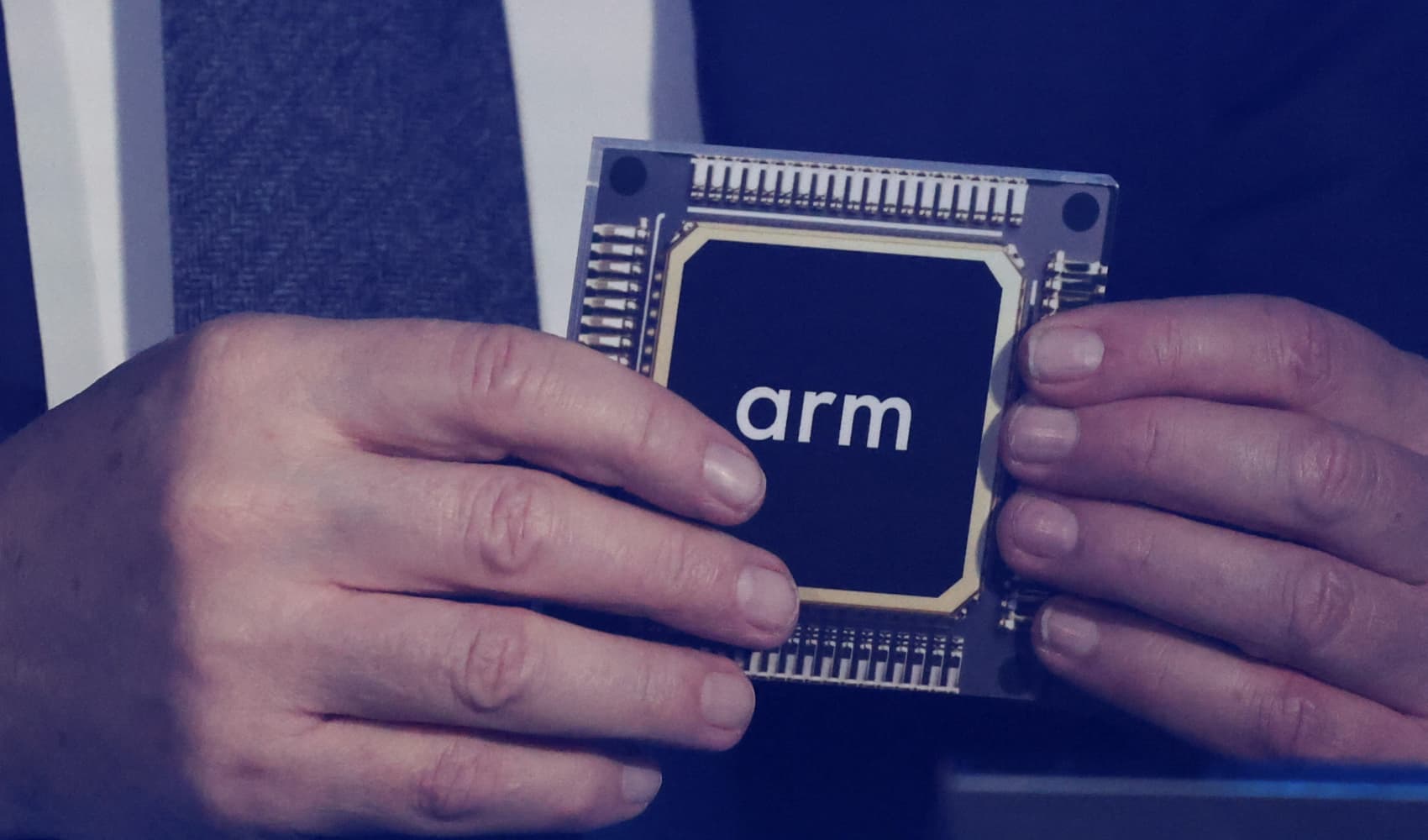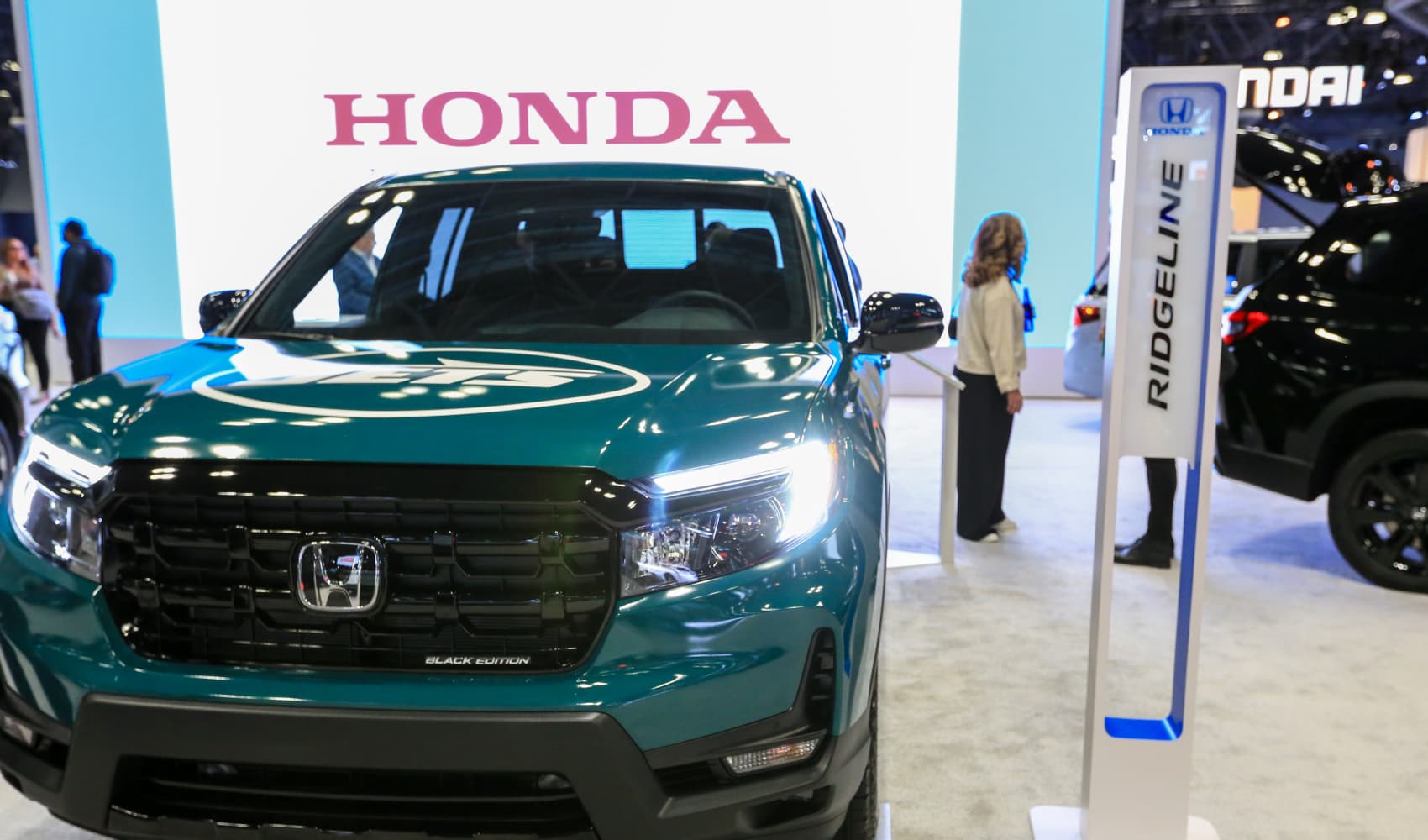Volkswagen Profit Plummets: Blame Trump's Tariffs?
Volkswagen's Profit Plunge: Are Trump's Tariffs to Blame?
Introduction: A Rough Road for Volkswagen
German auto giant Volkswagen, a name synonymous with quality and innovation, recently hit a speed bump. The company reported a significant 37% drop in first-quarter profit, a number that's undoubtedly raising eyebrows across the automotive industry. But what's behind this downturn? While numerous factors contribute to any company's financial performance, the shadow of U.S. tariffs, particularly those championed by former President Donald Trump, looms large. Is this just a temporary setback, or are these tariffs a sign of deeper challenges ahead for Volkswagen and the global automotive landscape? Let's delve into the details and explore the factors at play.
First-Quarter Financials: The Numbers Tell the Story
Operating Profit Takes a Dive
Europe's biggest carmaker announced an operating profit of 2.9 billion euros ($3.3 billion) for the first three months of the year. This represents a substantial 37% decrease compared to the same period last year. That's a significant chunk of change gone! It begs the question: where did it go, and why?
Sales Revenue Sees a Slight Uptick
On a slightly brighter note, Volkswagen reported first-quarter sales revenue of 77.6 billion euros, a 2.8% increase from the first quarter of 2024. So, while they sold *more* stuff, they made *less* money on it. Think of it like selling more lemonade but having to buy lemons at a higher price – you sell more, but your profit margin shrinks.
Trump's Tariffs: A Wrench in the Gears?
The Tariff Threat Looms Large
The elephant in the room is the ongoing uncertainty surrounding U.S. President Donald Trump's auto tariffs. These tariffs, or even the *threat* of them, can wreak havoc on international trade, especially for companies with complex global supply chains like Volkswagen. The auto sector is notoriously vulnerable to trade policy swings, given its internationalized nature.
How Tariffs Impact Automakers
Imagine building a car: parts come from all over the world, assembled in different factories, and then shipped to various markets. Tariffs essentially act as a tax on these imported components or finished vehicles. This increases costs for the automaker, who then has to decide whether to absorb the cost (eating into profits) or pass it on to the consumer (potentially hurting sales).
Globalization and the Supply Chain: A Double-Edged Sword
The Benefits of a Global Supply Chain
Globalization has allowed automakers to source parts and labor from the most cost-effective locations, creating efficient and complex supply chains. This has led to lower production costs and ultimately, more affordable cars for consumers. However, this reliance on international trade also makes them susceptible to trade wars and protectionist policies.
The Vulnerabilities Exposed by Tariffs
When tariffs are imposed, these intricate supply chains are disrupted. The cost of imported parts increases, delivery times can be affected, and overall efficiency suffers. For companies like Volkswagen, with significant manufacturing operations in North America, this can be particularly painful. It's like a house of cards – a small change at one end can cause the whole thing to collapse.
Navigating the Trade War Terrain: Volkswagen's Strategy
Absorbing Costs vs. Raising Prices
Volkswagen faces a tough decision: absorb the increased costs caused by tariffs, which will hurt their profit margins, or raise prices for consumers, which could lead to decreased sales. There's no easy answer, and the company likely has to balance these two approaches depending on the specific market and vehicle model.
Diversifying Markets and Supply Chains
One potential strategy is to diversify both their markets and their supply chains. This means reducing reliance on the U.S. market and exploring other regions for growth, while also sourcing parts from a wider range of countries to mitigate the impact of tariffs from any single source.
Beyond Tariffs: Other Factors at Play
The Electric Vehicle Revolution
The automotive industry is undergoing a massive transformation with the rise of electric vehicles (EVs). Volkswagen is investing heavily in EV technology, but this transition requires significant upfront investment, which can impact short-term profitability. The race to electrify is expensive.
Increased Competition
The automotive market is becoming increasingly competitive, with new players like Tesla and a host of Chinese manufacturers entering the fray. This increased competition puts pressure on prices and profit margins, forcing companies like Volkswagen to innovate and adapt to stay ahead.
Looking Ahead: What's Next for Volkswagen?
Weathering the Storm
Volkswagen is a resilient company with a long history of overcoming challenges. They're likely to weather this storm, but it will require strategic decision-making, adaptability, and a willingness to invest in the future.
The Importance of Long-Term Strategy
In the face of short-term challenges like tariffs, it's crucial for Volkswagen to maintain a long-term perspective. This means continuing to invest in EV technology, exploring new markets, and building a strong brand that resonates with consumers.
The Global Auto Industry: A Turbulent Time
A Broader Trend
Volkswagen isn't alone in facing these challenges. The entire global auto industry is grappling with trade tensions, technological disruption, and increased competition. This is a period of significant change and uncertainty.
Adaptation is Key
The companies that will thrive in this new landscape are those that can adapt quickly, embrace innovation, and build strong relationships with customers and suppliers.
Conclusion: Navigating the Uncertainties
Volkswagen's profit drop is a stark reminder of the interconnectedness of the global economy and the impact of trade policies on businesses. While Trump's tariffs are a significant factor, they're not the only challenge facing the company. The electric vehicle revolution, increased competition, and other macroeconomic factors are also contributing to the pressure. Volkswagen's ability to navigate these uncertainties will determine its success in the years to come. They must balance short-term profitability with long-term strategic goals, embracing innovation and adapting to the changing needs of the market.
Frequently Asked Questions (FAQs)
-
Q: What exactly are Trump's tariffs and how do they affect Volkswagen?
A: Trump's tariffs are taxes imposed on imported goods, including auto parts and vehicles. These tariffs increase Volkswagen's costs, either by making imported components more expensive or by increasing the price of finished vehicles sold in the U.S.
-
Q: Besides tariffs, what other factors are contributing to Volkswagen's profit decline?
A: Other factors include increased competition from EV manufacturers like Tesla, the significant investments required to develop and produce electric vehicles, and broader economic uncertainties affecting consumer demand.
-
Q: Is Volkswagen planning to move production out of the U.S. to avoid tariffs?
A: While Volkswagen has not explicitly announced plans to move production entirely out of the U.S., they are likely evaluating different options for optimizing their supply chain and mitigating the impact of tariffs. This could involve sourcing more parts from countries not subject to U.S. tariffs.
-
Q: How are consumers likely to be affected by Volkswagen's profit decline?
A: Ultimately, consumers may see increased prices for Volkswagen vehicles, especially if the company chooses to pass on the costs associated with tariffs. Additionally, investment in new models might slow.
-
Q: What is Volkswagen doing to address the challenges posed by electric vehicles?
A: Volkswagen is investing billions of euros in electric vehicle technology and infrastructure, aiming to become a leading player in the EV market. They are developing new electric vehicle platforms, battery technology, and charging infrastructure to compete effectively with Tesla and other EV manufacturers.


